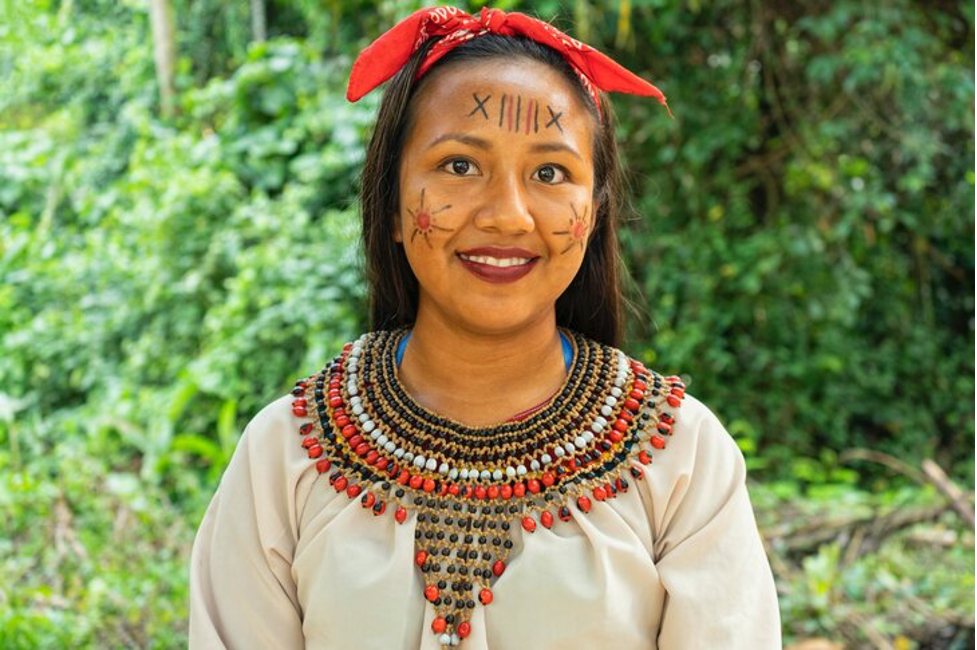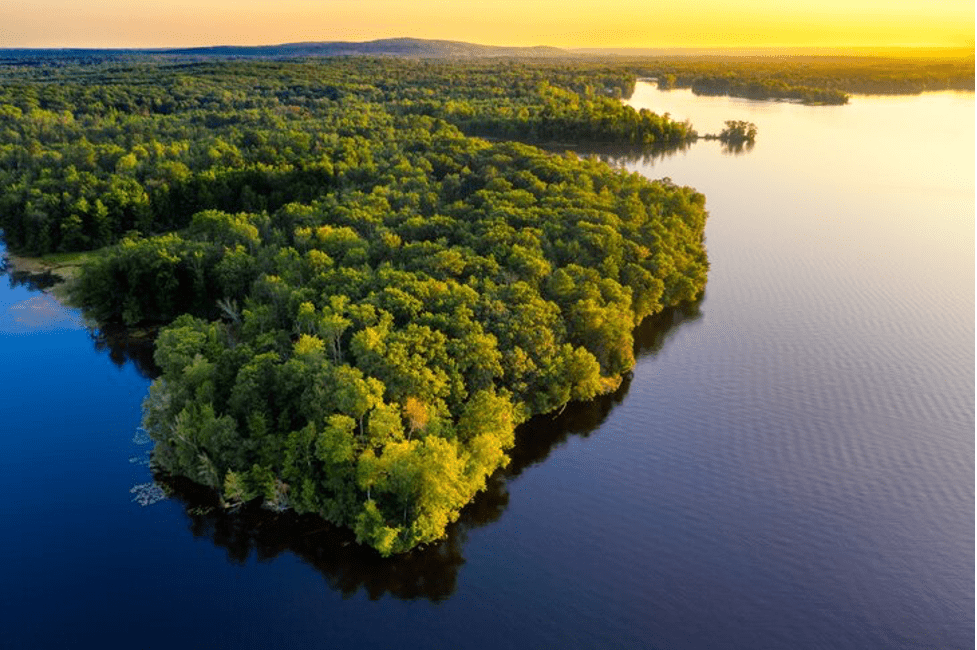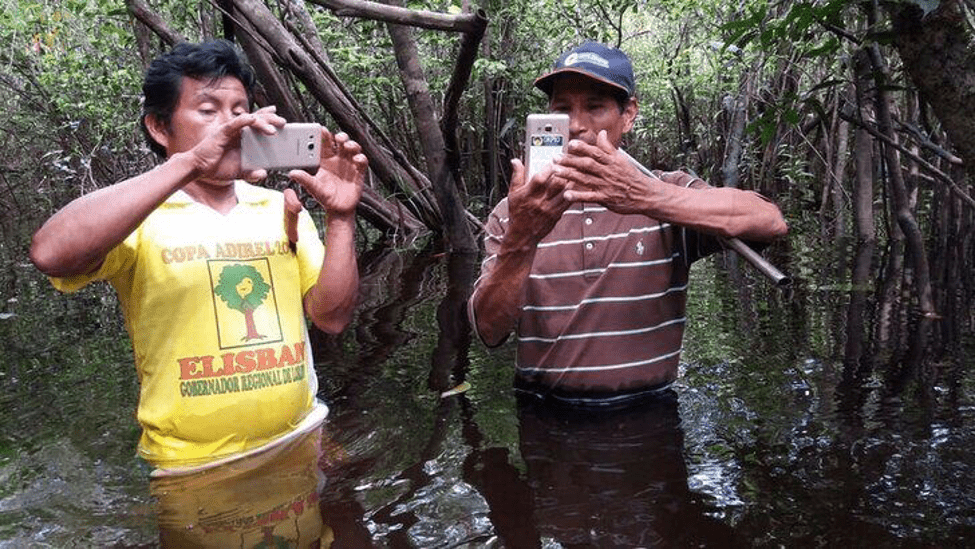Technology has indeed played a critical role in solving so many problems for mankind. From simple things like easing daily chores to complex endeavors like boosting environment conservation efforts, it has seeped into every aspect of our lives.
Speaking of the role of technology, did you know that with its help, activities that were never fathomed to be possible before are becoming quite feasible today? Like the indigenous communities being able to curb deforestation in the Amazon remarkably?

Andrés Medina/Unsplash | Using technology, native people of the Peruvian Amazon have been able to curb deforestation in the area
A new study points out how natives of the Peruvian Amazon have been able to reduce deforestation by almost half within the time span of just one year with the help of gadgets like smartphones and satellite data. Impressive, isn’t it? Join us as we dig a little deeper.
A little backdrop
More than one-third of the Amazon rainforest falls under the territory of around 3,344 known native communities. But unfortunately, these areas have almost forever been under threat and attack from people who wish to cut down trees for illegitimate purposes like logging, mining, and illicit crop cultivation (crops that are used to produce cocaine).
How environmentalists and government officials have discovered all of this information is through the use of technology. For the last 40 years or so, they’ve used satellites and smartphones to observe the activity of deforestation in the area. Not only that, governments in Brazil, Columbia, and Peru installed a system to send out high-resolution deforestation alerts to natives when areas around them are cut. But sadly, for the most part, this information never reached the right people.

Dave Hoefler/Unsplash | The Amazon has always been under threat of tree-cutting for illegitimate purposes
The new approach
To overcome these challenges, a new approach was devised. An investigation was carried out to gauge how much of a difference it would make to directly put information in forest communities' hands.
As part of this controlled study, researchers identified as many as 76 villages located remotely in the Peruvian Amazon. Out of these, 36 were randomly selected to take part in the study.
Three members from each selected village were given training in using technical equipment to track unusual tree-cutting activity around them. The images of suspicious activities captured by such equipment and supporting satellites were then loaded onto flash drives and delivered to forest officers through couriers. Thereafter, authorities used that information to reach the suspected locations and identify deforestation activities. Whenever they found real evidence, they reported it back to the general assembly so that action could be taken.

Gilbertano Salazar Mamallacta | Over the years, natives have been using technology to capture images of illegal deforestation and reporting it to the authorities
The impact of this research process was a drop in the levels of deforestation by a massive 52% in the first year and by 21% in the second year.
A welcome change
Needless to say, indigenous communities of the Amazon welcomed this style of research with open arms and hailed it as one of the first studies that boosted their confidence. They felt extremely empowered and well utilized with the techniques used. Citing this case as an example, forest conservation experts believe that if the same approach is carried out in other targeted regions with high deforestation rates, there are huge chances of the situation improving there as well.








